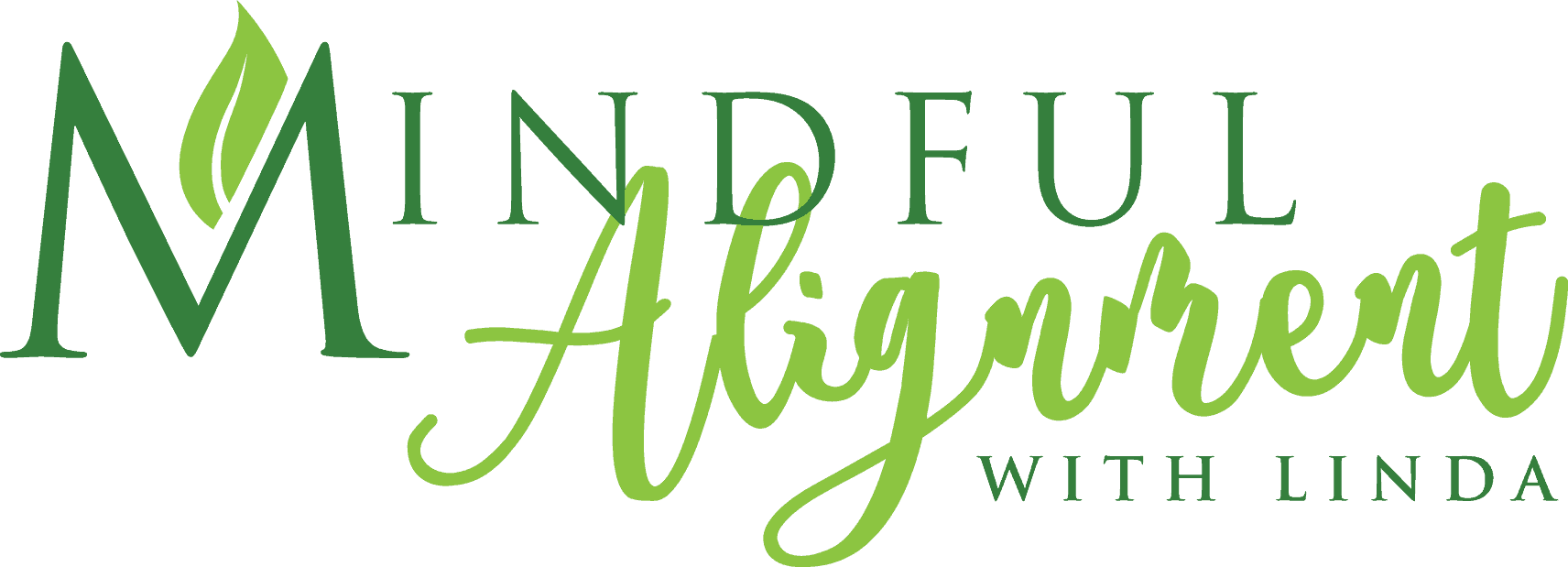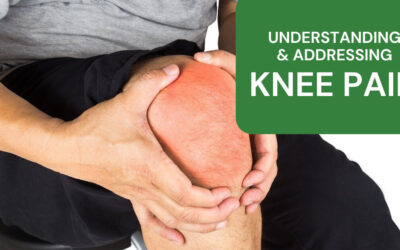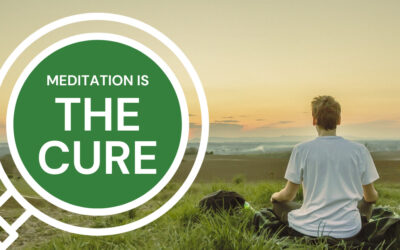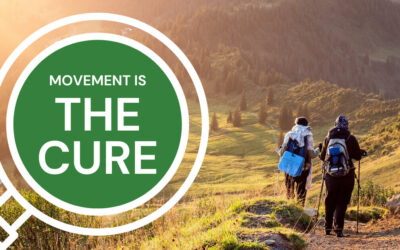Recognizing and Correcting Bad Habits
Our routines are highly habit based
Everyone develops habits; something one naturally does very frequently without specific awareness. These habits can make up 40% of our behavior.
Your morning routine might be a habit. Another example of a habit is the way you walk or stand. Many patterns are so ingrained into our lives that we don’t notice them, both good habits and bad.
Some habits aren’t good for our bodies
Over time, most people develop some habits that are detrimental to their wellness. It can be as simple as standing with one hip higher than the other. When these habits are not addressed, one’s body can be negatively affected in multiple ways.
The way we stand can affect multiple parts of our body
What can happen when one hip is higher than the other? The ‘psoas’ muscle attaches to the spine, then wraps around the body connecting to the inner leg and is mainly responsible for moving the leg forward when you walk. When this muscle becomes tighter on one side of the body, that hip can become higher. There is more tension on the spine, pulling it out of alignment. The result is back pain.
Your gait may also become affected. As the ‘psoas’ muscle becomes tighter, you will step on the outer edge of the foot, impacting the way you walk and stand while causing other imbalances.
As well, a tight ‘psoas’ muscle creates muscle imbalances in other places, eventually impacting the entire body.
Observe and correct bad habits with these 4 steps
The easiest path to corrective action is to address bad habits, especially those that impact the body.
- The first step is to acknowledge the exact pattern that is causing any imbalance
- Next, decide what action you need to take. Then, never stop making improvements
- Keep a positive attitude. If you become 1% better every day, you will achieve your goal
- Exhibit patience. You did not develop this habit overnight. It will take time to correct it
Here are a few suggestions to relax the ‘psoas’ muscle and reduce chronic pain:
- Stretch out the side of the body that is the tightest with side bends. The other side needs to be stretched too, just not as much. Hold for 3-5 breaths
- Stand with your legs straight and feet hip-distance apart. Lift one leg 1-inch off the floor keeping the leg straight, rotate the entire leg and foot from the hip to the center, then return to center. Repeat 5-6 times
- Step one foot forward into a lunge with hands on either side of the front foot. The back knee is off the floor. Pause here for 1-2 minutes, letting the hips relax down toward the floor (For comfort and stability, blocks can be used under the hands)
- Lay on your back and relax the shoulders and ribs down onto the floor
- Lay on your back with one leg straight. Bend the other knee, drawing it to the opposite shoulder. Hold for 1-2 minutes
- Improve spine flexibility with the pelvic tilt or cat n cow, a yoga pose
It takes time to break a habit, so be patient with yourself
Practice these exercises daily. Even small improvements can move you forward to create change that will, in time, reduce imbalances and chronic pain for your return to an active life.
Here are some great techniques to help relieve tightness in your psoas muscle.
Are you tired of living with pain?
Are your activities and daily choices determined by your level of pain?
Are you ready to change your life for the better and gain back your physical freedom?
My unique and custom designed approach comes from years of training, education and experience. Together, we will get you back to living pain free and enjoying life.
Sign up for a private session today
It’s never too late to try something new.

Related Articles:
Understanding and Addressing Knee Pain
Knee Pain is a Common Ailment Knee pain is a common ailment that can significantly impact daily life, hindering mobility and causing discomfort. Understanding the causes and managing knee pain is essential for maintaining overall well-being, whether it's due to...
Meditation is the CURE
Meditation has gained recognition for having a profound effect on the mind and body, leading to improved overall health and longevity.
Movement is the CURE
Including movement into your day can be the cure to many health issues that plague us later in life. Movement has incredible benefits to overall health and helps promote longevity.



